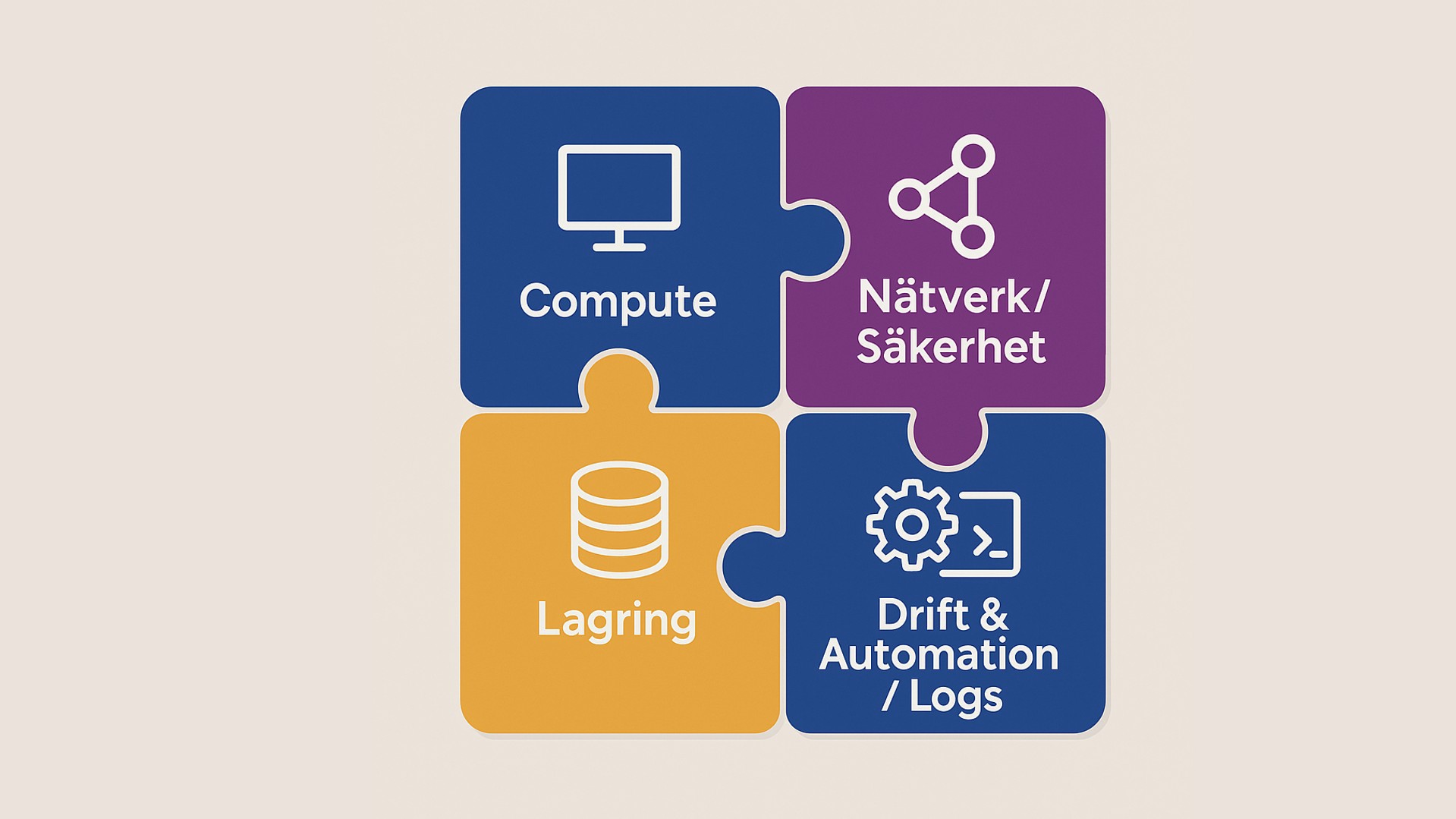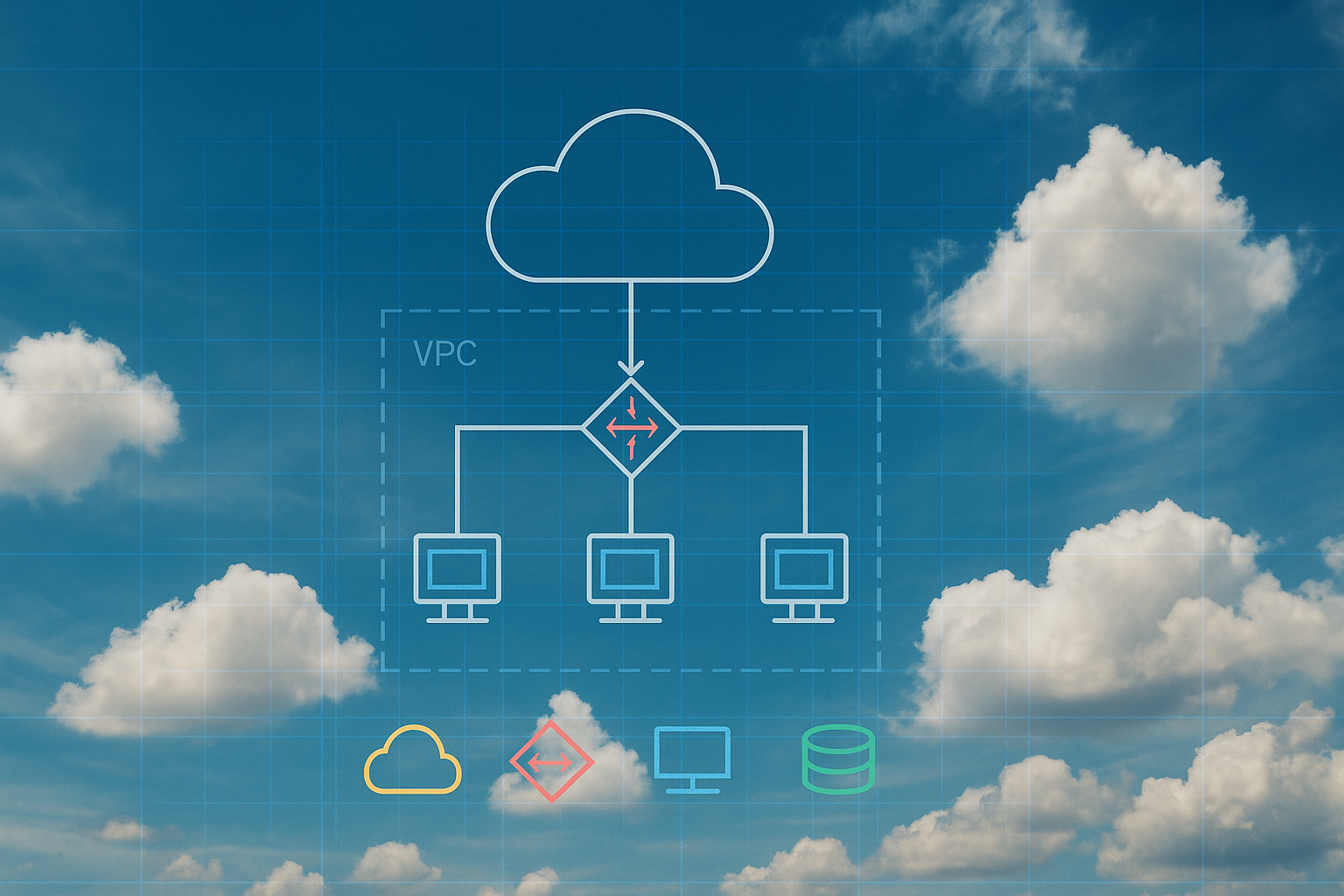VMware NSX - Design

Denna kurs ger omfattande utbildning i överväganden och praxis för att utforma en VMware NSX-miljö som en del av en mjukvarudefinierad datacenterstrategi.
Kursen ger dig en kompetensgrund att ta kontroll över utformningen av NSX, inklusive designprinciper, processer och ramverk. Du får en djupare förståelse för NSX-arkitektur samt hur detta kan utnyttjas för att skapa lösningar för att tillgodose kundens affärsbehov.
VMware NSX har i tidigare versioner gått under namnet NSX-T Data Center.
Målgrupp och förkunskaper
Kursen riktar sig till erfarna systemadministratörer eller nätverksadministratörer som skall leda utforma en stabil och skalbar VMware NSX-miljö, och behöver behärska överväganden och praxis för detta.
För att delta i kursen förutsätts du besitta dessa förkunskaper:
- God förståelse för TCP/IP-tjänster
- Praktisk erfarenhet av routing- och switching-lösningar i större företagsnät.
- God förståelse för nätverkssäkerhet och arbetserfarenhet av brandväggar
För detta rekommenderar vi vår kurs VMware NSX - Install Configure Manage.
För att alltid hålla en hög kvalitet på våra teknikkurser använder vi både engelsk- och svensktalande experter som kursledare.
Detaljerad information
Kursmaterialet är på engelska, med detta innehåll:
NSX Design Concepts
- Identify design terms
- Describe framework and project methodology
- Describe the role of VMware Cloud Foundation™ in NSX design
- Identify customers’ requirements, assumptions, constraints, and risks
- Explain the conceptual design
- Explain the logical design
- Explain the physical design
NSX Architecture and Components
- Recognize the main elements in the NSX architecture
- Describe the NSX management cluster and the management plane
- Identify the functions and components of management, control, and data planes
- Describe the NSX Manager sizing options
- Recognize the justification and implication of NSX Manager cluster design decisions
- Identify the NSX management cluster design options
NSX Edge Design
- Explain the leading practices for edge design
- Describe the NSX Edge VM reference designs
- Describe the bare-metal NSX Edge reference designs
- Explain the leading practices for edge cluster design
- Explain the effect of stateful services placement
- Explain the growth patterns for edge clusters
- Identify design considerations when using L2 bridging services
NSX Logical Switching Design
- Describe concepts and terminology in logical switching
- Identify segment and transport zone design considerations
- Identify virtual switch design considerations
- Identify uplink profile and transport node profile design considerations
- Identify Geneve tunneling design considerations
- Identify BUM replication mode design considerations
NSX Logical Routing Design
- Explain the function and features of logical routing
- Describe the NSX single-tier and multitier routing architectures
- Identify guidelines when selecting a routing topology
- Describe the BGP and OSPF routing protocol configuration options
- Explain gateway high availability modes of operation and failure detection mechanisms
- Identify how multitier architectures provide control over stateful service location
- Identify EVPN requirements and design considerations
- Identify VRF Lite requirements and considerations
- Identify the typical NSX scalable architectures
NSX Security Design
- Identify different security features available in NSX
- Describe the advantages of an NSX Distributed Firewall
- Describe the use of NSX Gateway Firewall as a perimeter firewall and as an intertenant firewall
- Determine a security policy methodology
- Recognize the NSX security best practices
NSX Network Services
- Identify the stateful services available in different edge cluster high availability modes
- Describe failover detection mechanisms
- Compare NSX NAT solutions
- Explain how to select DHCP and DNS services
- Compare policy-based and route-based IPSec VPN
- Describe an L2 VPN topology that can be used to interconnect data centers
- Explain the design considerations for integrating VMware NSX® Advanced Load Balancer™ with NSX
Physical Infrastructure Design
- Identify the components of a switch fabric design
- Assess Layer 2 and Layer 3 switch fabric design implications
- Review guidelines when designing top-of-rack switches
- Review options for connecting transport hosts to the switch fabric
- Describe typical designs for VMware ESXi™ compute hypervisors with two pNICs
- Describe typical designs for ESXi compute hypervisors with four or more pNICs
- Differentiate dedicated and collapsed cluster approaches to SDDC design
NSX Multilocation Design
- Explain scale considerations in an NSX multisite design
- Describe the main components of the NSX Federation architecture
- Describe the stretched networking capability in Federation
- Describe stretched security use cases in Federation
- Compare the Federation disaster recovery designs
NSX Optimization and DPU-Based Acceleration
- Describe Geneve Offload
- Describe the benefits of Receive Side Scaling and Geneve Rx Filters
- Explain the benefits of SSL Offload
- Describe the effect of Multi-TEP, MTU size, and NIC speed on throughput
- Explain the available enhanced datapath modes and use cases
- List the key performance factors for compute nodes and NSX Edge nodes
- Describe DPU-Based Acceleration
- Define the NSX features supported by DPUs
- Describe the hardware and networking configurations supported with DPUs
Kursen hålls på begäran - Kontakta oss för mer information.
Telefon: 08-562 557 50 E-post: kursbokning@cornerstone.se
Relaterat innehåll


